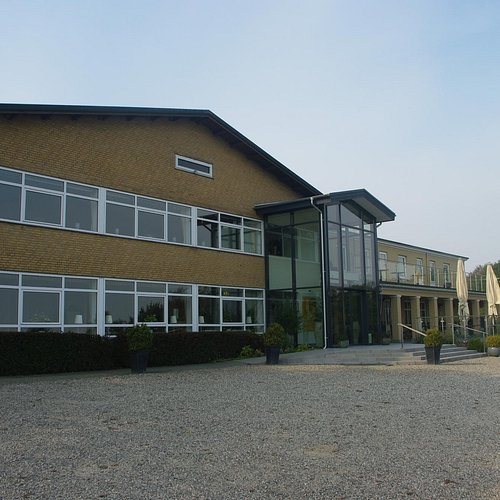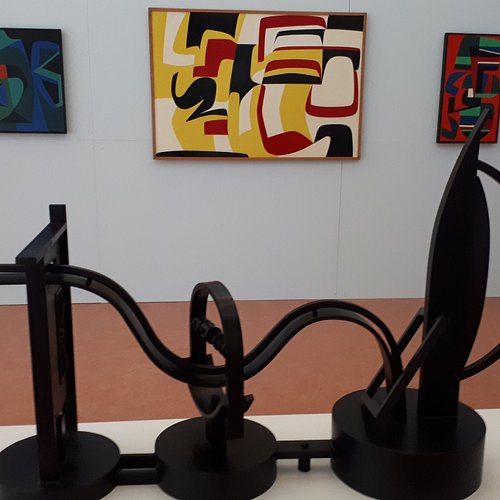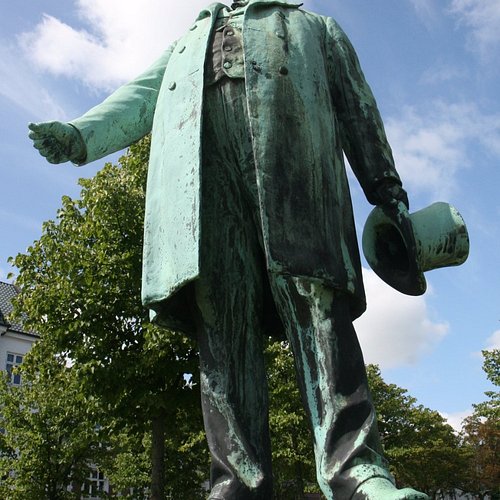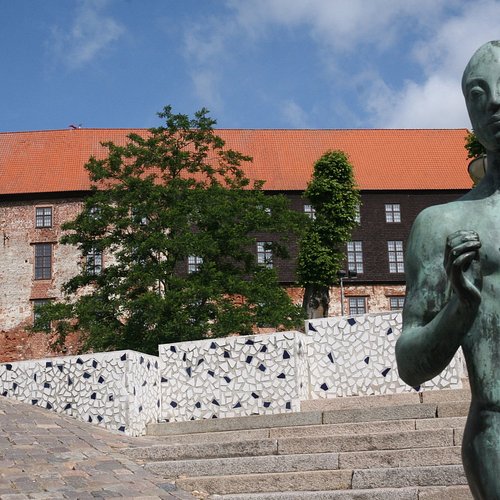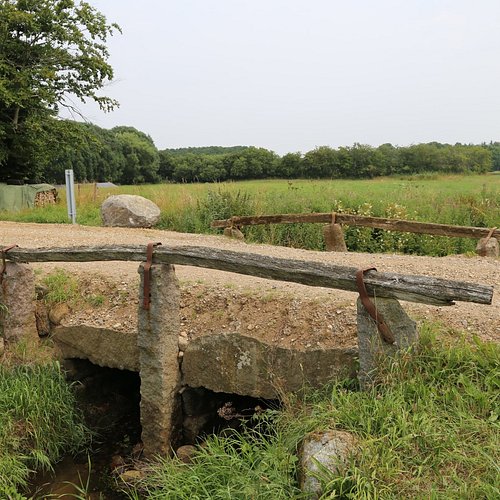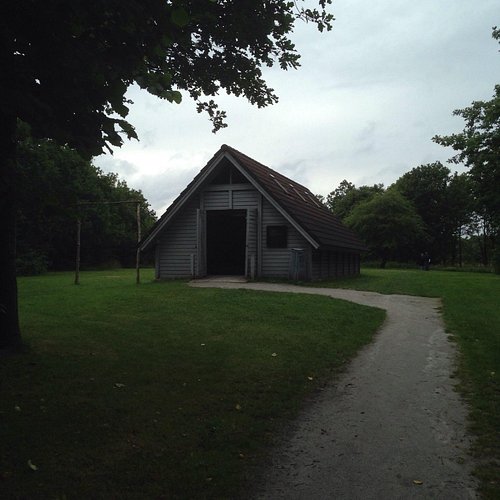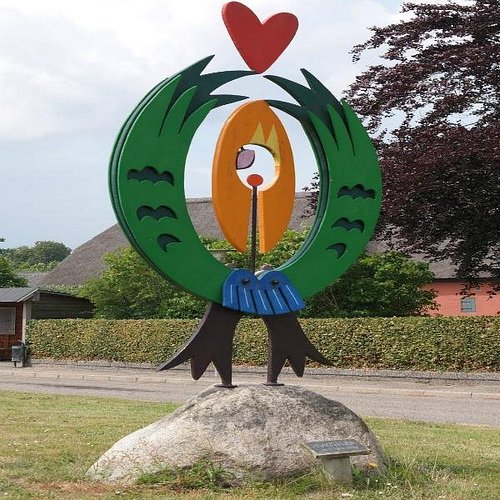9 Monuments & Statues in Kolding That You Shouldn't Miss
Billing itself as one of Denmark's friendliest towns, Kolding certainly appears welcoming—its streets lined with cherry red Danish flags that seem to be constantly waving hello. A medieval castle towers over vibrant parks that bloom with flowers and medicinal spices. On balmy days families will be grateful for SlotssøBadet, an extraordinary waterpark that's a blast for all ages.
Restaurants in Kolding
1. Skamlingsbanken
Overall Ratings
4.5 based on 52 reviews
Skamlingsbanken, is the highest point in South Jutland with its placement 113 metres above sea level. Skamlingsbanken is located in beautiful surroundings with magnificent views of the whole region between Kolding and Christiansfeld. There are also views to the Little Belt and Funen and a long way into Jutland to the west. It’s a grand landscape with undulating fields, beech forests and hedgerows. Skamlingsbanken is also known for the gatherings that took place in support of the Danish cause in South Jutland in the years 1843-59. On Højskamlingen, is a 16-metre-high monument made of 25 granite blocks commemorating the defenders of the Danish cause in Schleswig. The monument was erected in 1863, blown up by the Prussians in 1864 and erected again in 1866. This reconstruction was made possible because people in the area had kept the stones. Near the monument are six other monuments and a platform of large stones. The platform is surrounded by five groups of trees that symbolise the inseparability of the five Nordic countries. These trees are: Beech (Denmark), birch (Sweden), spruce (Norway), juniper (Finland) and rowan (Iceland). After the liberation of Denmark in 1945, a monument was erected in honor of the fallen from the South Jutlandic resistance movement. The hill is a popular destination for excursions and offers a car park, a small exhibition about the history of Skamlingsbanken and a restaurant.
2. Kulturforum Wurth
3. Chresten Berg
Overall Ratings
4.0 based on 7 reviews
Chresten Berg (1829-1891) born 18.12.1829 in Fjaltring near Lemvig, became a teacher at the Ranum Seminarium. In 1852 he was employed as a teacher at the Kolding Civic School. He became very popular with the children and their parents, bacause he made great efforts to reform the city's school life and, in doing so, gained the support from the city's Citizens, often in opposition to the authorities. In 1858, he created a private school for girls, in the newly built city school, now Nicolai-History, and he was employed as a teacher by private contributions. In 1861, the School became a part of the public school life. He established a library for the youth of Kolding, which in 1879 was part of Kolding Folk Library. It also became an evening school for certified craftsmen and a free evening school, with general education and creativity. This school evolved into Kolding Technical School, now called Hansenberg. Chresten Berg also founded a private evening school, for trade teachers, with teaching in calculation, language, bookkeeping, and more. In the battle between the conservative and the democratic forces in Kolding, Berg met with, Consul Grau and Grocerer Gross, and gained a leadership position by virtue for his hard work on the educational area and his written skills. Chresten Berg is buried at The Old Cemetery on Tøndervej. In 1906, a statue of him was erected at Banegardspladsen, created by sculptor Rasmus M. Andersen.
4. Abessinier
Overall Ratings
3.5 based on 12 reviews
Abessinieren by John C. Mountain was purchased by the Municipality of Kolding in 1975 but was carried out in 1914-15 and described as one of John C. Bjerg's major works. Johannes Mountain was born in Ødis, a small town south of Kolding and learned carving from A. L. Johansen
5. Fjaellebroen
Overall Ratings
3.5 based on 4 reviews
Fjællebro was built of stone planks in 1788. The bridge was between 1864-1920 border between Denmark and Germany. The bridge is protected and belongs to the National Museum's archaeological management.

